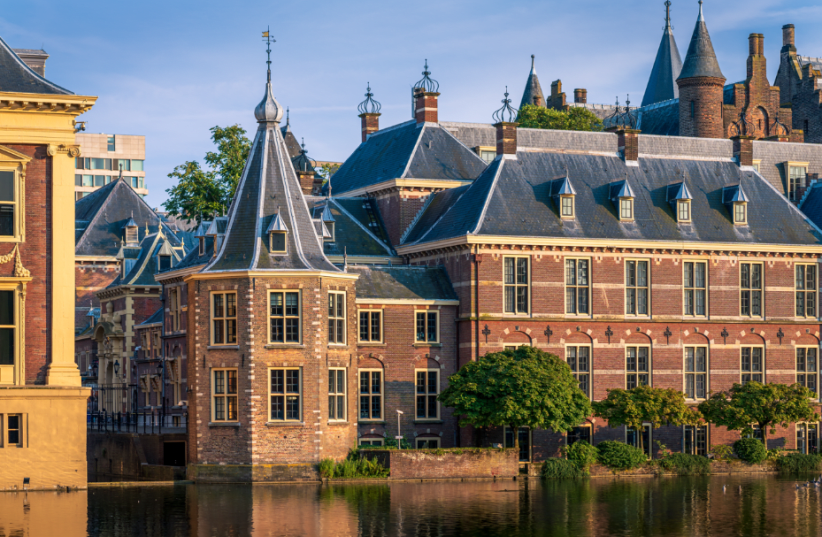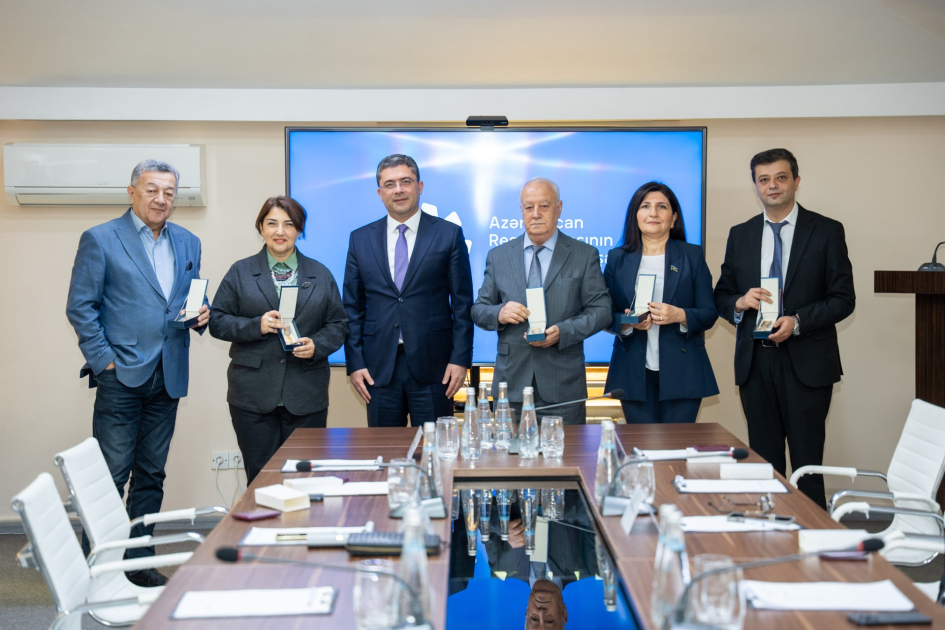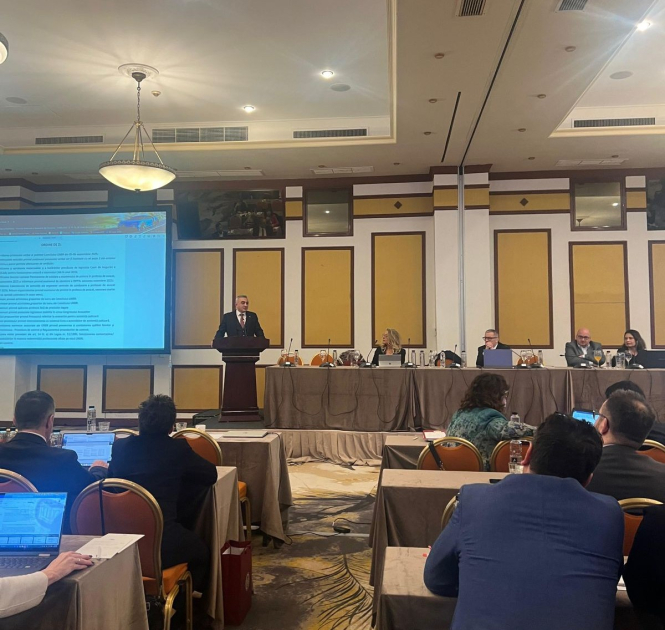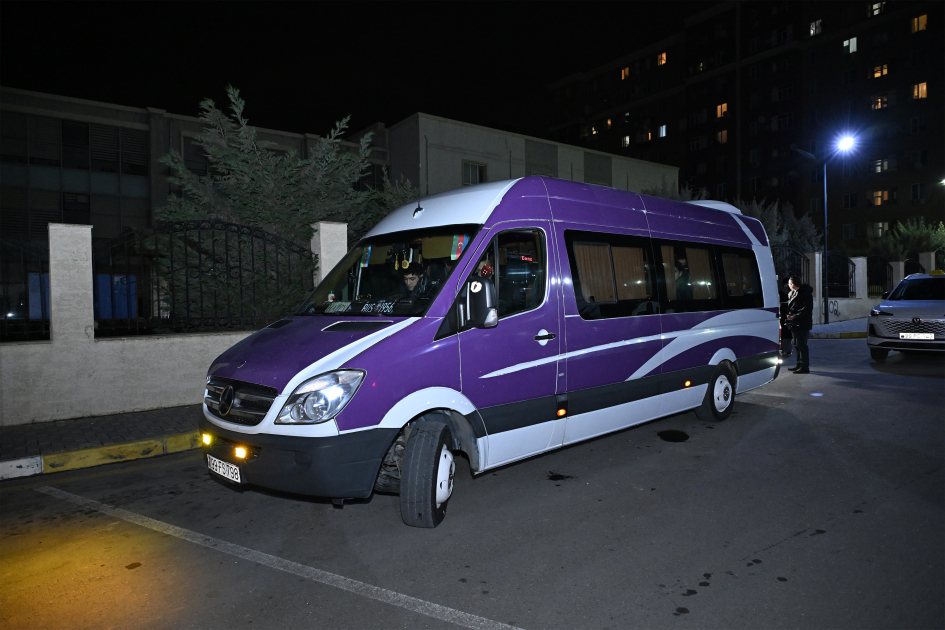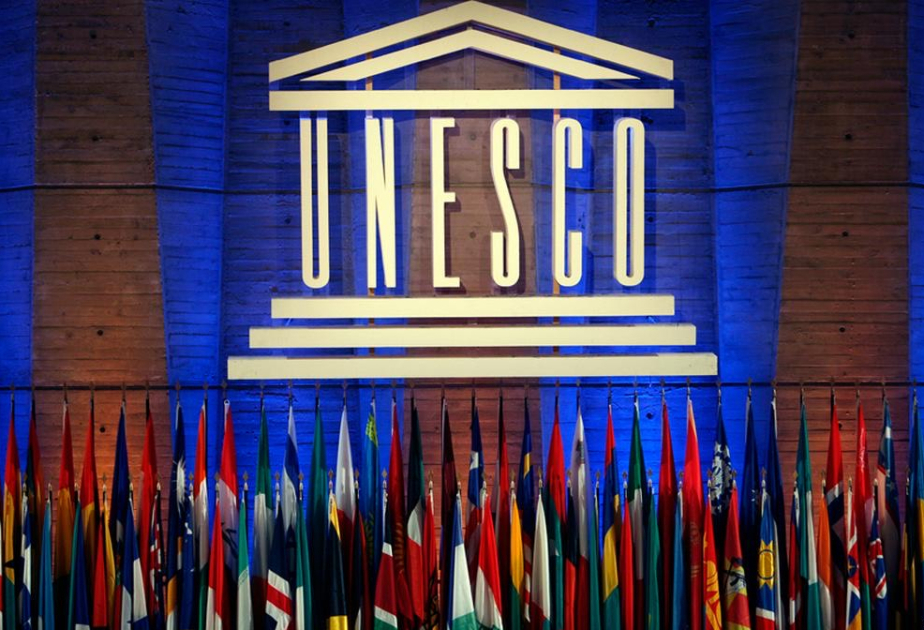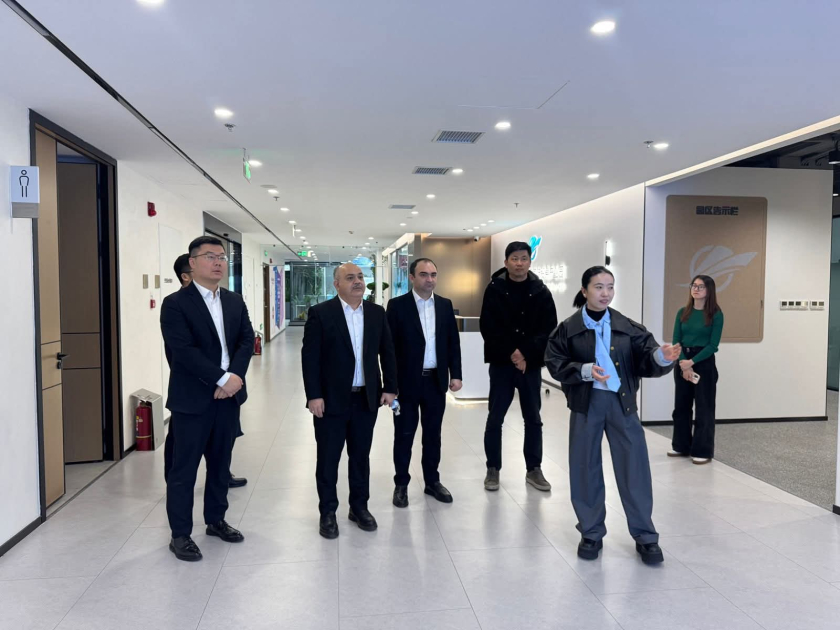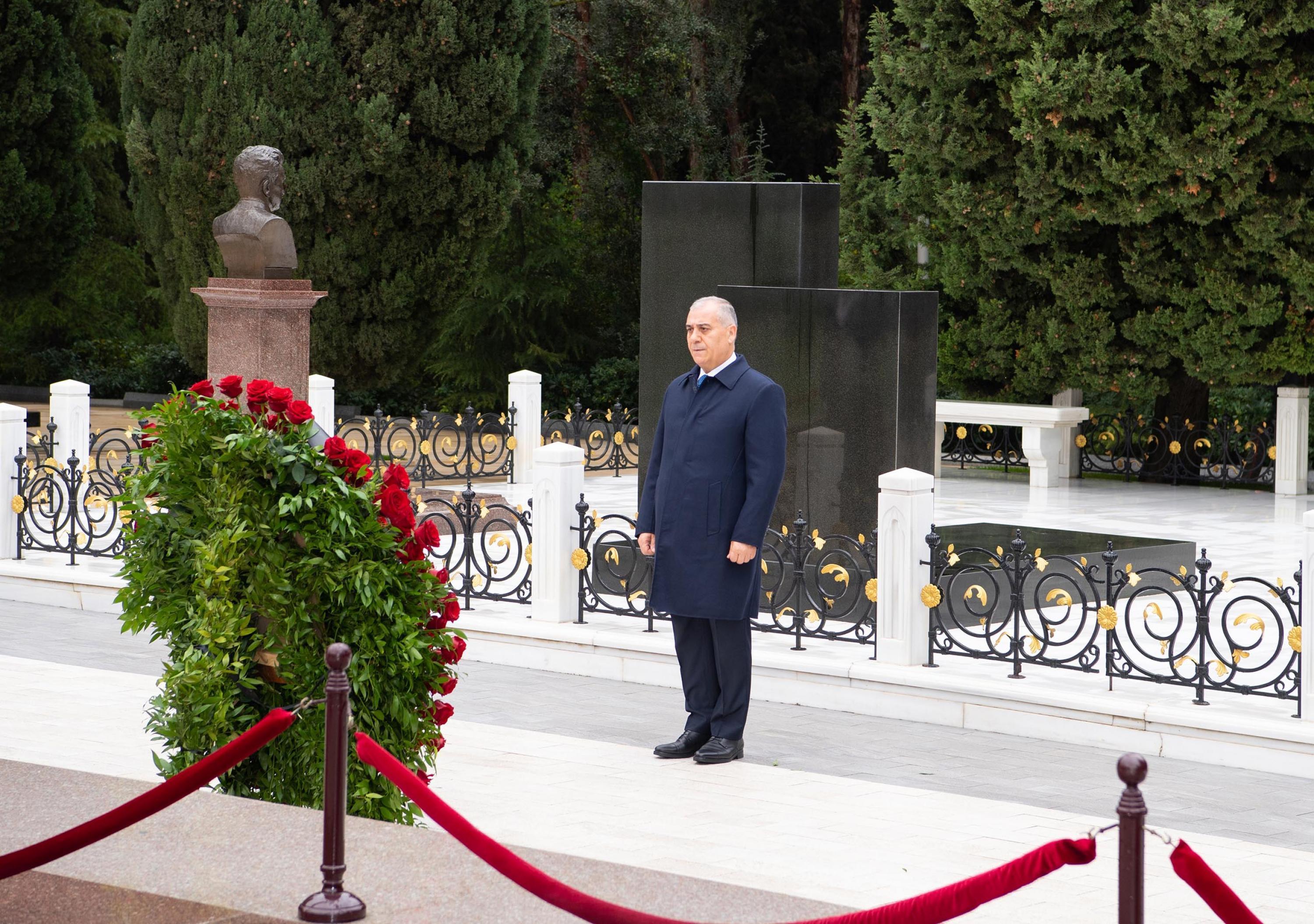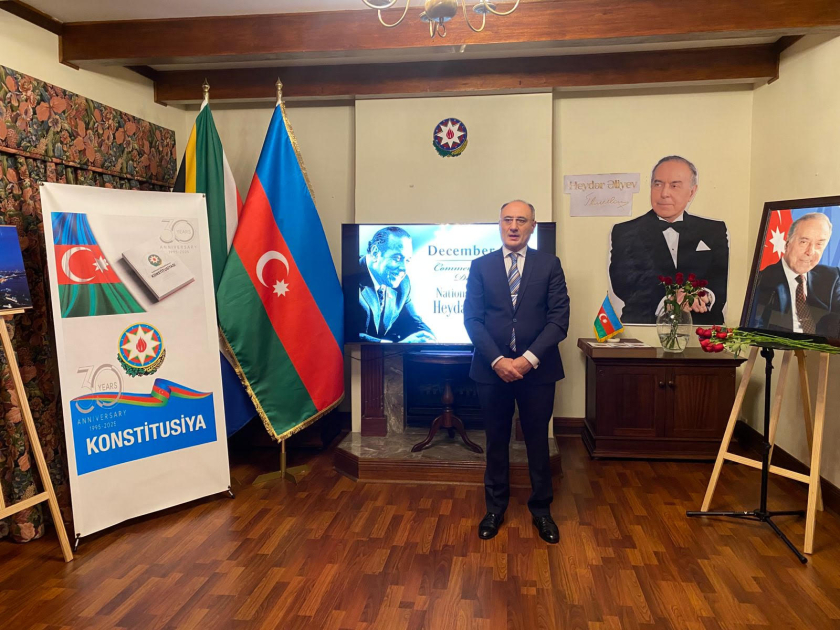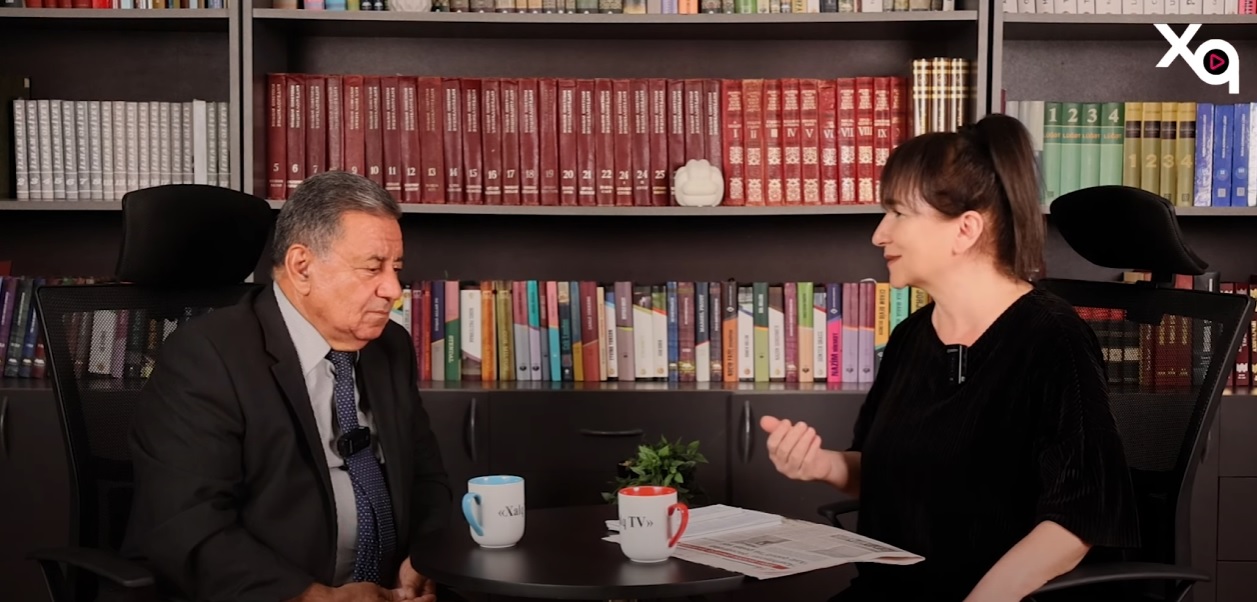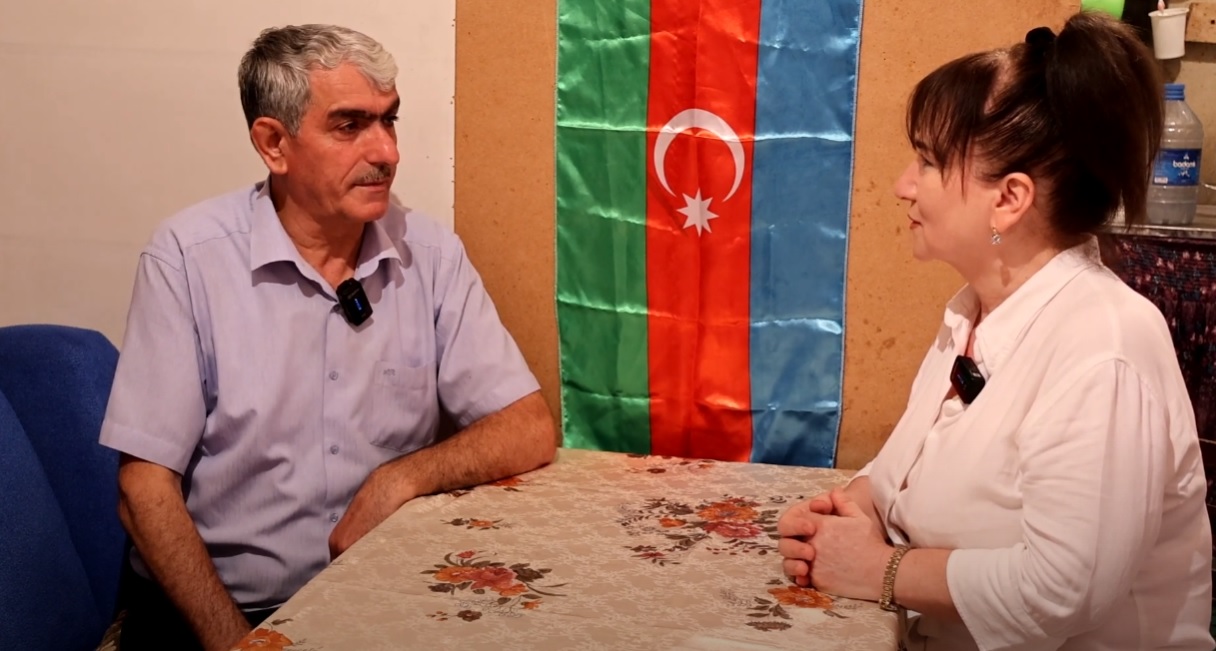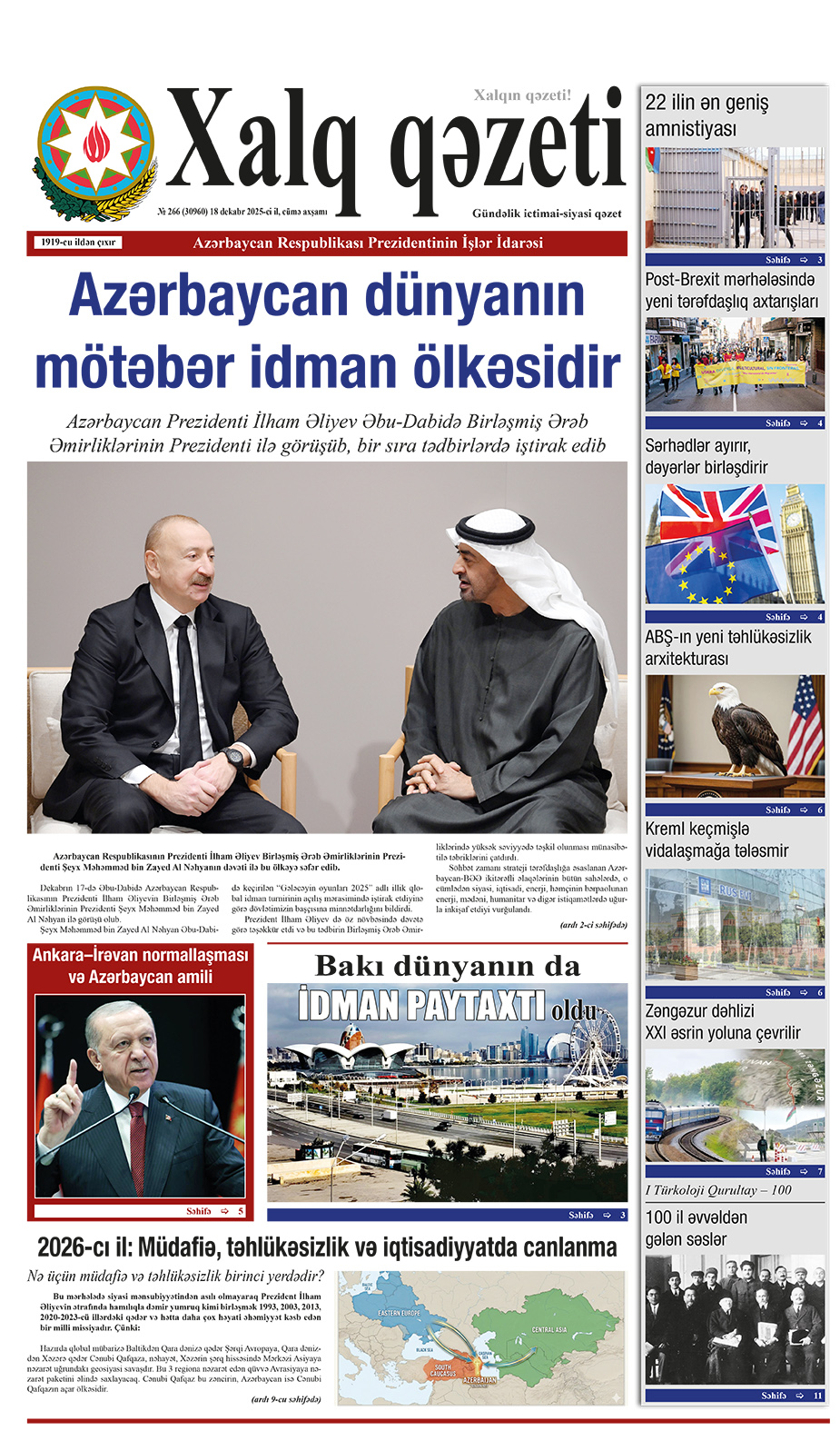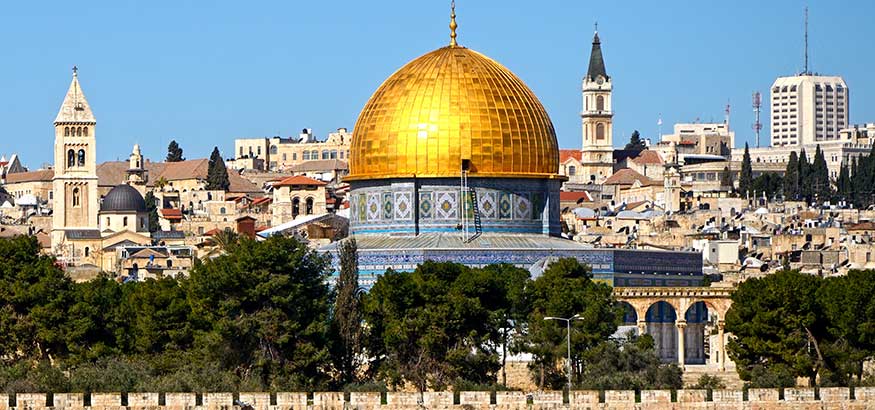By JERUSALEM POST STAFF
New findings suggest the Binnenhof was already a 'power centre' during Count Willem II's reign.
Archaeologists working on the renovation of the Dutch parliamentary complex in The Hague discovered that the Binnenhof was the site of an extensive medieval ruler's palace 30 years earlier than previously thought, according to DutchNews.nl. New archaeological finds indicate that the Binnenhof was already radiating power and wealth 800 years ago.
"This discovery helps us to sketch a new image of how the Binnenhof developed as a count's residence in the 13th century," said Peter Stokkel, team leader of archaeology for the municipality of The Hague, according to Dutch News.
During the excavation, archaeologists found remains of an outbuilding, including a kind of cellar previously connected to latrines via chutes. Among the waste remains, researchers found a little heron skull. Herons were eaten by the nobility at that time, and the skull was regarded as a delicacy.
They also found a rare silver coin with the image of Count Floris V, apparently dating from the last phase of his rule from 1293 to 1296. An intact pouring jug, or stoneware flagon, was discovered, which was probably left as a building offering, possibly as a "construction sacrifice" because it was intact.
Since 2021, the Binnenhof has been undergoing renovation, accompanied by archaeological research. Excavated foundations and soil finds indicate that the Binnenhof in the 13th century was grander than previously thought, with construction traces showing it was a "gigantic complex" with very large ambitions.
"These excavations are rewriting the history of the Binnenhof. They tell us more about what the complex looked like in the Middle Ages," said architectural historian Hein Hundertmark, according to De Volkskrant. Archaeologists found traces of a narrow annex and a wall that would have surrounded the medieval courtyard.
The new discoveries suggest that the Binnenhof had already been a "power centre of structure" during the time of Count Willem II, who constructed the Rolgebouw shortly after his coronation as King of the Romans. Hundertmark deduced from the type of buildings found underground that the Binnenhof was already much grander in the 13th century than a count's residence, almost an "imperial palace," according to NRC Handelsblad.
"The Rolgebouw looks imperial but cannot be called so: the man died before he became emperor," said Hundertmark, as reported by NRC Handelsblad. Count Willem II died in 1256 at the age of 28 during a battle with the West Frisians. "Count Willem II had something greater in mind for the Binnenhof," according to NRC Handelsblad.
His son, Count Floris V, continued and surpassed his plans. "His son Floris V continued and surpassed his plans," said Stokkel, according to Trouw. Under Floris V, the Stadhouder's Gate on the west side of the complex was renewed and enlarged, even though the old gate from his father was only 40 years old.
During excavation work, archaeologists discovered the foundations of an earlier gate beneath the Stadhouder's Gate, a predecessor of the Stadhouderspoort that still provides access to the Binnenhof. "For example, we now know there were a lot more buildings in the initial stages than we previously thought," explained Hundertmark, according to DutchNews.nl.
They also found pieces of stained glass. "You were still in the knightly age. Stained glass shows a lot of allure," said Stokkel, according to Trouw. These findings suggest that the architectural style of the Binnenhof is related to the palaces of Emperor Frederick I Barbarossa (1122-1190).
"This means that the Binnenhof was not just the court of a count, but a court with royal architecture and even greater ambitions to serve as an imperial palace," added Hundertmark, according to NRC Handelsblad. He noted that similar royal reception halls could only be found in France and England at that time.
The costs of the renovation have increased to an estimated two billion euros, where half a billion was initially expected. The renovation was initially expected to last five years but is now estimated at about ten years. Minister Mona Keijzer, responsible for the Rijksvastgoedbedrijf and the renovation of the Binnenhof, gestured from the excavation pit, saying, "Here was a floor above," with a hand above her head, according to NRC Handelsblad.
"I think many day-trippers and schoolchildren will look with open mouths at what we have been able to preserve here," she added, as reported by De Volkskrant. Minister Keijzer emphasized that the archaeological research was included in the planning and does not add extra time or money for now. "So no worries about that," she said, according to De Volkskrant.
There is still hope that the bones of the legendary statesman Johan van Oldenbarnevelt (1547-1619) will be found. "There is no longer active search for him, but who knows?" said Hundertmark with a blissful smile, according to De Volkskrant.
A part of these finds will be on display from April 9 in an exhibition at the Information Center Binnenhof Renovation, as reported by Trouw. Minister Keijzer expressed her enthusiasm for the project's educational potential.
"The image of the former Binnenhof is not yet complete. We have mainly excavated in one corner, so we have three corners to go," stated Hundertmark, according to De Volkskrant. He concluded, "Royal architecture built by a count, and imperial architecture built by a king," as reported by NRC Handelsblad.
These findings highlight the ambition of both Count Willem II and Count Floris V to create a complex that stood "head and shoulders" above other count's residences of the time. Their efforts have left a lasting legacy that continues to be uncovered and appreciated centuries later.


